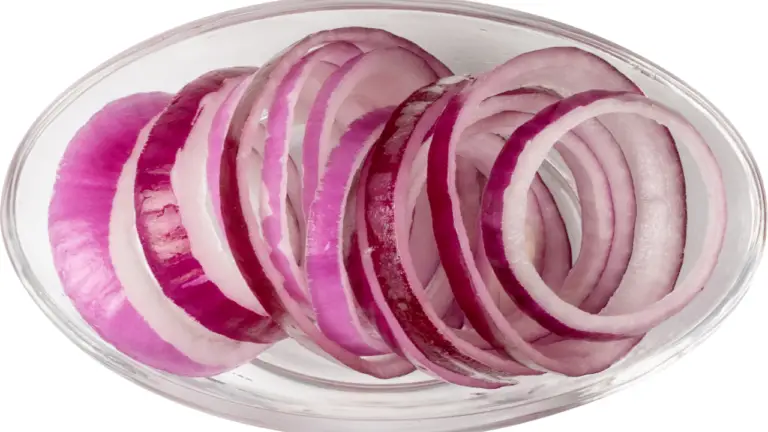How Long Do Chicks Need A Heat Lamp?

Raising chicks requires careful attention to their needs, one of the most crucial being maintaining an appropriate temperature. A heat lamp is an essential tool for ensuring that chicks remain warm and healthy, especially during their early days. Understanding how long chicks need a heat lamp is vital for their development and well-being. This article provides a detailed guide on the duration chicks need supplemental heat and the best practices for transitioning them to normal temperatures.
Chicks need a heat lamp for approximately 6-8 weeks. Initially, the temperature should be set at 95°F (35°C) for the first week and reduced by 5°F (2.8°C) each subsequent week until they are fully feathered and can regulate their body temperature independently.
Importance of a Heat Lamp for Chicks
In their first few weeks of life, chicks are unable to regulate their body temperature. This inability makes them highly susceptible to cold, which can lead to health issues or even mortality. A heat lamp provides the consistent warmth they need to thrive during this vulnerable period. Without adequate warmth, chicks may huddle together, risking suffocation, or they may become lethargic and fail to grow properly.
Maintaining the right temperature with a heat lamp is also crucial for the chicks’ metabolic processes. Proper heat ensures they can digest their food efficiently, leading to better nutrient absorption and overall growth. It creates an environment that mimics the warmth they would naturally receive from a brooding hen.
Ideal Temperature Settings
For the first week, chicks should be kept at a temperature of 95°F (35°C). This warmth can be provided by placing the heat lamp about 18-20 inches above the brooder floor. As the chicks grow and start to develop feathers, the temperature can be gradually decreased by 5°F (2.8°C) each week. By the time they are six to eight weeks old, the temperature should be around 70°F (21°C), depending on the ambient room temperature.
Monitoring the chicks’ behavior is essential to ensure they are comfortable. If they crowd under the heat lamp, they may be too cold, indicating the need to lower the lamp or increase the heat. Conversely, if they move away from the lamp and spread out, they may be too warm, suggesting the heat lamp should be raised or the temperature decreased.
Transitioning Off the Heat Lamp
Around the six to eight-week mark, chicks typically have enough feathers to maintain their body temperature without the aid of a heat lamp. At this stage, they can gradually be acclimated to cooler temperatures. Begin by turning off the heat lamp for short periods during the day, gradually increasing the duration as the chicks adjust.
During this transition, it is important to monitor the weather and ensure that the brooder environment remains draft-free and relatively stable in temperature. Sudden cold snaps or drafts can still stress the chicks. Providing a safe and warm environment during this transition phase will help them adjust smoothly and ensure their continued growth and health.
Common Mistakes to Avoid
One common mistake is removing the heat lamp too quickly. Chicks need time to adjust to lower temperatures, and sudden changes can cause stress and health issues. It is crucial to follow the gradual temperature reduction schedule and observe the chicks’ behavior closely.
Another mistake is not considering the room temperature where the brooder is located. If the ambient temperature is too low, chicks may still need supplemental heat even beyond the eight-week mark. Always adjust the heat lamp based on both the chicks’ needs and the surrounding environment.
Conclusion
Ensuring that chicks receive adequate warmth is a fundamental aspect of successful chick-rearing. A heat lamp provides the necessary heat to keep them healthy and thriving. By following a structured temperature reduction schedule and closely monitoring the chicks’ behavior, you can ensure they grow strong and are well-prepared to transition to life without supplemental heat.






